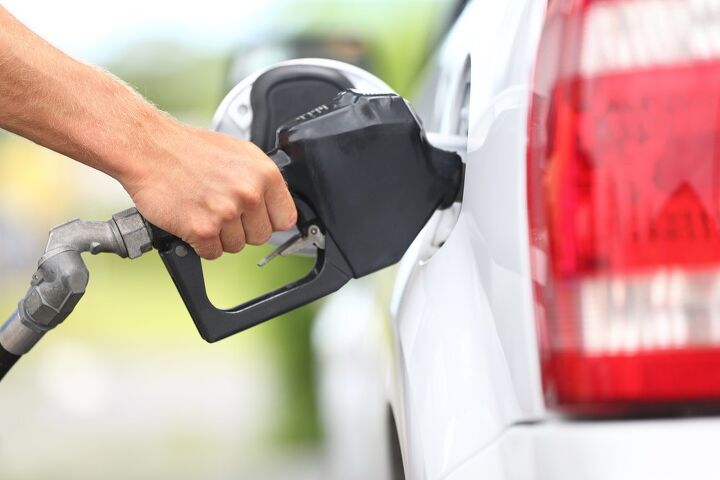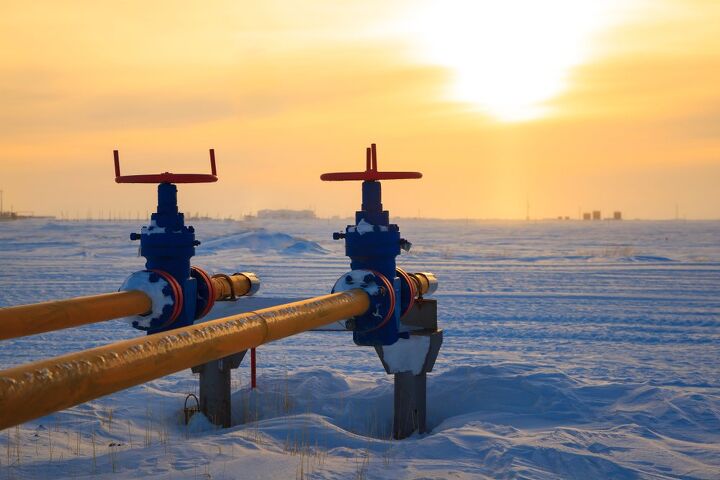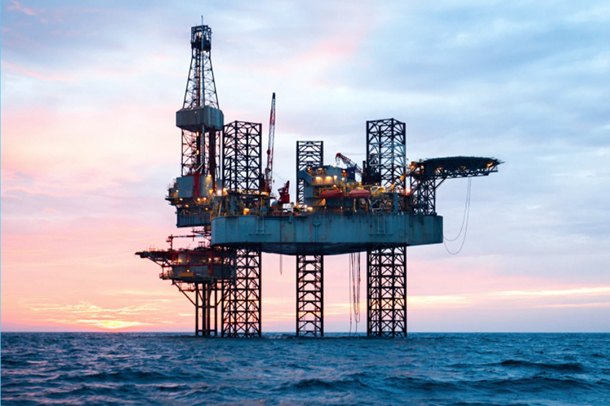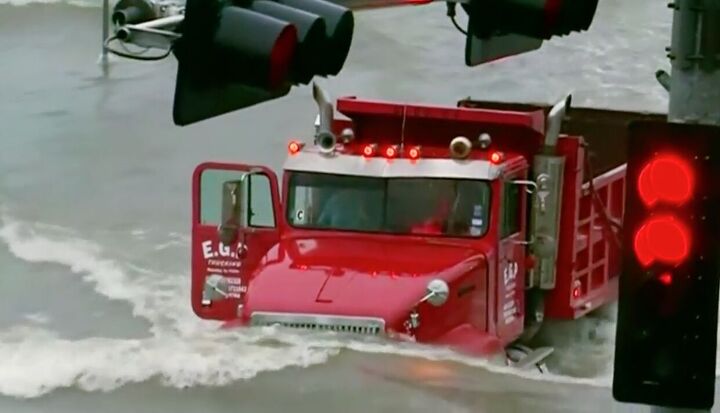#OilIndustry
Gas War: Biden Admin Decides Against Refilling Dwindling Oil Reserves, Citing High Prices
The Biden administration has decided against purchasing oil for the Strategic Petroleum Reserve after promising to refill the nation’s emergency energy supply after it reached a 40-year low. This news does not bode well as we head into the summer months when fuel prices tend to be higher.
America’s oil reserve is currently authorized to hold more than 720 million barrels of emergency crude oil that can be released under certain conditions. While the exacting thresholds are fairly vague, emergency drawdowns have occurred in the past due to oil supply disruptions stemming from trade embargoes, natural disasters, and warfare. The Biden administration argued that both the COVID-19 pandemic and Russo-Ukrainian War qualified.
Gas War: Biden Suspends Oil Drilling Leases in Alaska
On Tuesday, the Biden administration announced it would be suspending oil and gas leases issued in Alaska’s Arctic National Wildlife Refuge during the last days of the Trump administration. Bent on maintaining the United State’s energy independence, Donald Trump had moved to expand fossil fuel development in ways that would have been at odds with predecessor Barack Obama. But today’s White House represents a return to form, with an interest in supplanting traditional energy concerns with what it believes will be greener alternatives.
It’s bad news for the Alaskan state government, which had hoped to devote a subset of the region to rebuilding its oil industry by taking advantage of its vast reserves. But environmentalists and a subset of tribal representatives have praised the decision to prohibit development on protected lands. We expect consumers will have conflicting opinions, based largely upon how much they’re willing to pay at the pump.
Summer Gas Shortage Likely for Dumbest Reason
As if you needed more doom and gloom to kick off this week, the National Tank Truck Carriers (NTTC) lobby has confessed that its fleet will go into the next few months operating well below capacity. That means there’s a very good chance that some parts of the country could see gas shortages over the summer. While we’re praying that this doesn’t come with with the deluge of less-than-desirable automobiles that followed the infamous 1973 oil crisis, a similar spike in fuel price is likely as gasoline becomes sporadically difficult to find.
With the United States technically still energy independent, the culprit is not a foreign oil embargo but our own inability to plan ahead. North America was already operating with a deficit of qualified tanker drivers ahead of the pandemic. Lockdowns suppressed demand as everyone was forced to remain immobile, suppressing demand that ultimately encouraged widespread layoffs and early retirement. Now there aren’t enough drivers as demand stabilizes.
Oil 2021 Outlook – Oversupply and Lower Demand
Oil 2021, an analysis by the International Energy Agency (IEA), explains why the pandemic caused the collapse in demand for oil in 2020, and why it may never return to ‘normal’.
Predicting the Pump: How Much Will We Be Paying for Gas in 2018?
Fueling prices and average economy aren’t exactly the sexiest of automotive topics, but they are the two that will probably influence your life the most directly in the coming year. Expensive gas thrusted countless Americans into economy cars during the early 1980s and 2000s, so any advanced warning would be useful to those considering a new vehicle this year.
Last month, crude prices surpassed $60 per barrel after weekly American output dipped and stockpiles fell. That’s the highest they’ve been in over two-years and, with OPEC cutting production and China hungrier for the black stuff than ever before, prices aren’t expected to drop anytime soon. Does that mean you should nix purchasing that big sport utility vehicle you’ve been eyeballing and option the greener alternative?
Hurricane Harvey Floods Highways and Stalls Oil Production in Texas
Through Sunday morning, Harvey continued to unleash record levels of rain upon Texas, causing biblical flooding. The situation is so bad that the National Weather Service warned of “additional catastrophic, unprecedented and life threatening flooding” into the next week, and placed flash-flood emergencies for the entirety of Southeast Texas.
Harvey was the strongest storm to hit the United States since 2004 and has already trapped countless individuals, both in their homes and on the road as the rain has turned several major highways into man-made rivers. In some areas, the waterline is high enough to reach streetlights.





















Recent Comments